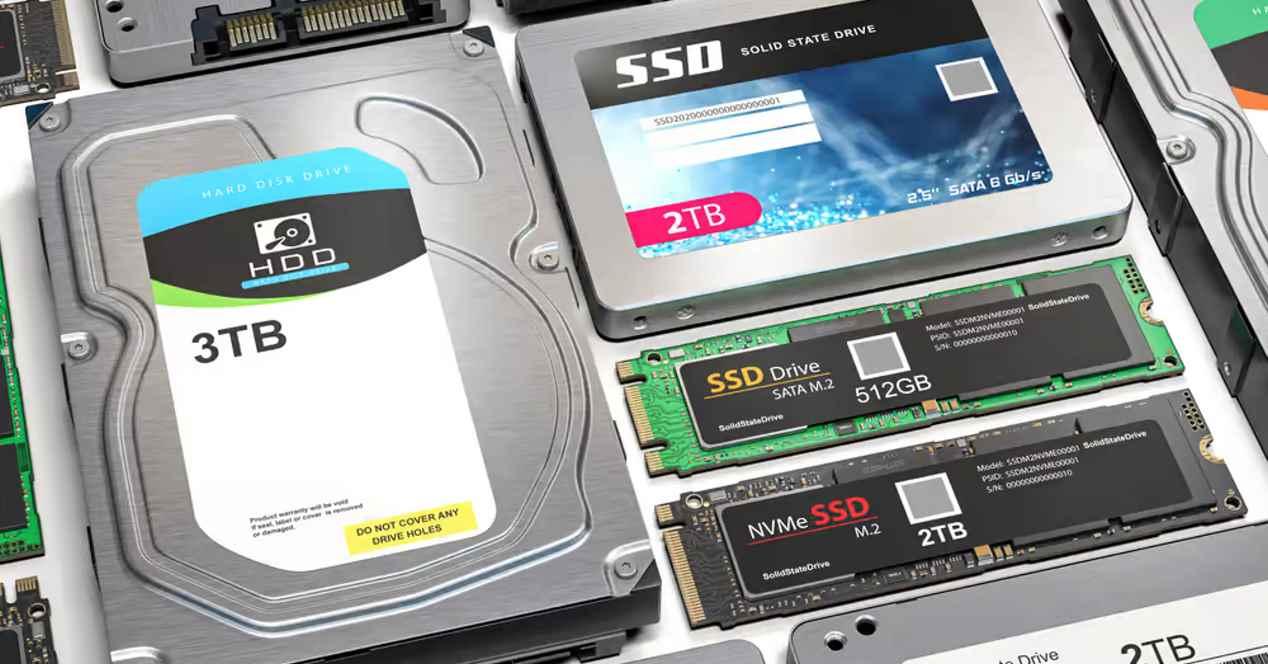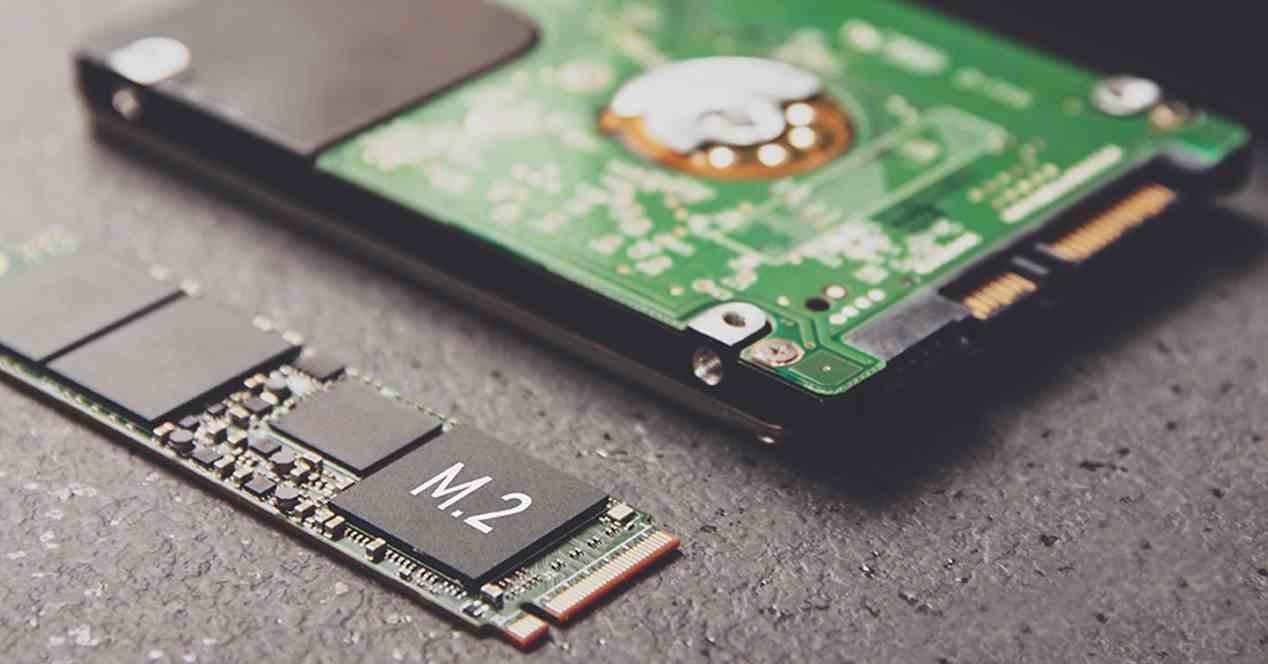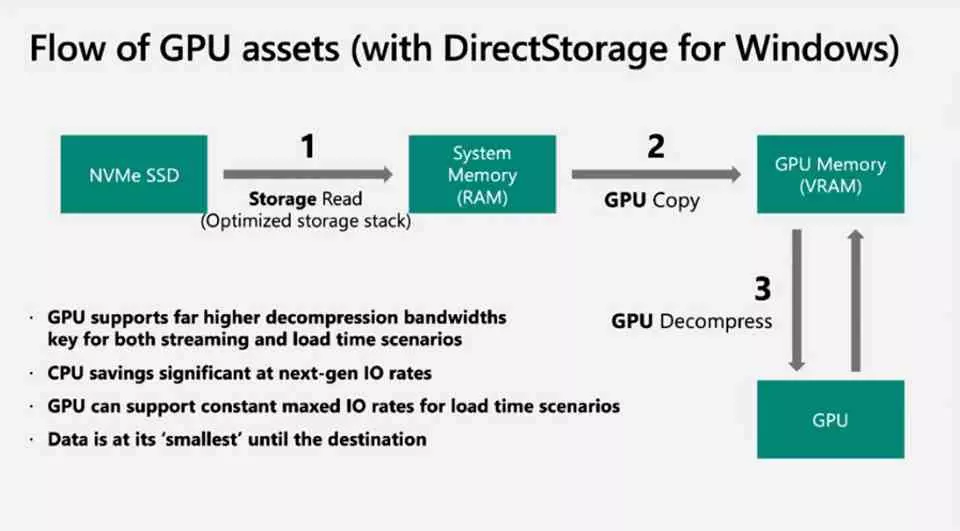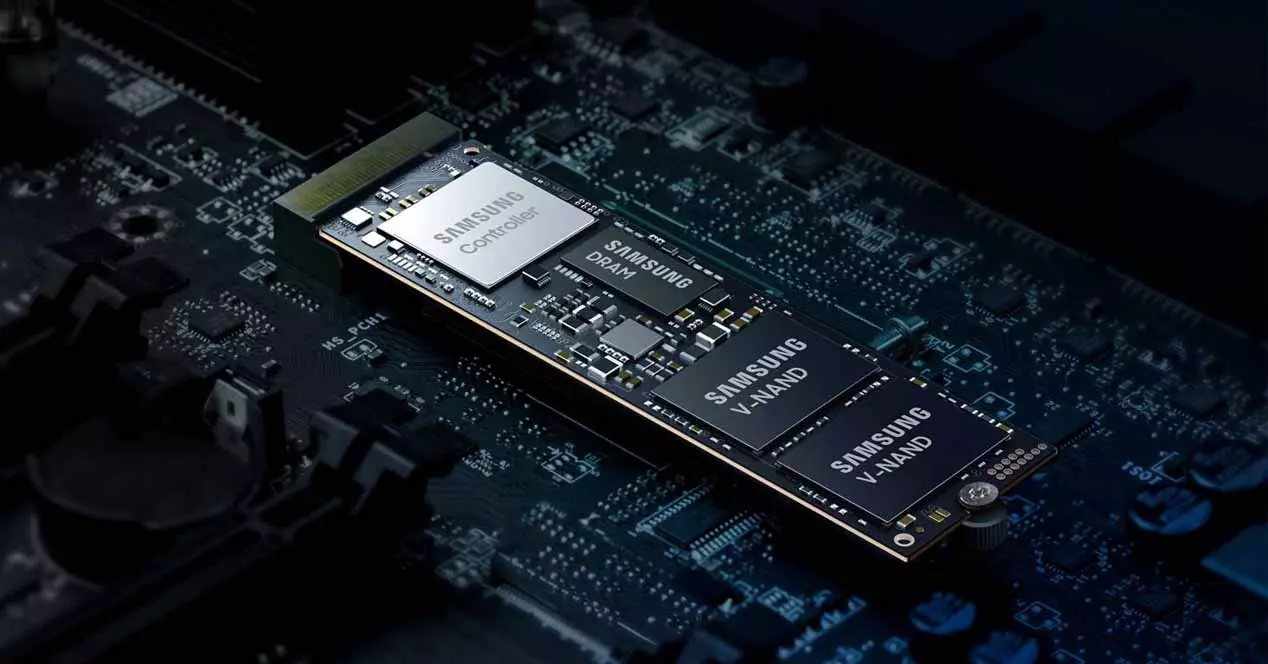
It is a fact that if we compare SSD drives and a hard drive, the former are much faster. However, affirming this without a technical explanation behind it for many users may sound like a dogma of faith more than anything else. That is why we have thought of explaining in a simple way what this fact is due to.
SSD drives have already become standardized in gaming computers, for quite some time now there is no manufacturer that does not sell a laptop or computer without a built-in flash memory unit as standard. In addition, little by little the games that are coming out are beginning to recommend it in their most advanced requirements.
Why are SSDs faster than hard drives?
To access data on a hard drive, it is necessary to do two things: first, rotate the magnetic disk and second, move the needle in and out of said disk to choose the sector of the disk that we want to access. So to begin with we will find that the data access speed is not uniform and will depend on whether the drive head is near or far. As if that were not enough, we cannot have two heads, so comparatively, a hard disk works as a very slow single-channel memory.
SSDs, by using non-volatile RAM memory or also known as NAND Flash, transmit electrical signals through a classic memory interface. Not surprisingly, the operation of RAM memory controllers and that of SSDs is almost identical, with the latter more prepared for persistent storage. That is why it is speculated that over time they can be merged. In any case, without leaving the speed comparison between an SSD and a hard drive, the memory channel concept is important.
Imagine that the information packages are vehicles on a highway, obviously if there are fewer lanes, the flow of traffic can become saturated. The ability of an SSD to have multiple channels is the same as having multiple lanes. This avoids contention or bottlenecks that can turn into accumulated latencies and cause all downstream processes to run slower.
PCI Express is a key factor
Not only because of its higher bandwidth compared to the SATA interface, but also because it is the only peripheral bus that has direct access to the main RAM. That is, all components connected to it can see the system memory and access it with DMA mechanisms. For example, graphics cards do this to assist the CPU in computing or reading command and screen lists. In the case of the processor, it allows you to see all the memories of the components in said port. It is also key in allowing the graphics chip or GPU to directly access the content of the SSD via DirectStorage.
All this makes it very easy to copy data from the SSD to RAM, since in the case of the hard drive we not only have the difficulties explained above, but also the SATA port does not have direct access to the system memory. , but has to go through the IOMMU mechanisms to do so, which further increases latency.





